As per the latest reports by the World Health Organisation, there is near about 20 lakh COVID-19 cases reported across the world so far, with a little over 1,26,776 deaths. In short, the corona virus has affected people’s life irrespective of their social and economic condition. In the thick of all the gloom and doom, there is a silver lining. Mother earth seems to have rejuvenated itself.Smog has given way to blue skies, marine life is improving, pollution levels have dropped, and animals as well as birds are moving about freely.
A few days ago, Noida’s busy Sector saw an unexpected guest. A Nilgai was seen walking slowly on the road. To the common man, this incident was a welcome change from the usually traffic jammed road. Similarly, in Kerala’s Kozhikode, a Malabar Civet, an endangered animal, was seen walking on the road. Ever since the coronavirus pandemic struck across the globe, several reports have emerged highlighting the return of many species to their natural habitats.
The Government’s drastic decision to shut down factories, commercial establishments, and vehicular movement, has resulted in a drastic drop in the pollution levels across the world. As the pandemic continues to halt industrial activities, it has allowed a natural purification of air. Satellite images have proved that there has been considerable improvement in the air quality around us. Nature’s Victory! According to a research by Columbia University, both carbon monoxide and carbon-dioxide emissions were observed to have fallen.
The quiet street corners, empty parking lots, and deserted parks have given more space for nature to take control. The humdrum surrounding tourism and the reduced number of motorboats in Venice has led to cleaner waterways. The nationwide lockdown is also providing perfect condition for the Olive Ridley Turtles to lay eggs in Odisha’s Gahirmatha beach and Rushikulya’s rookery. Usually, this event is known to attract huge crowds and officials from the Forest Department generally deploy a considerable amount of efforts and resources to patrol gatherings, protect the eggs, and later release the hatchlings into the sea. However, this time, there were no such arrangements but nature has taken care of everything.
“COVID-19 has been an eye-opener. It has shown people as to how mother earth can bounce back to life if humans allow for it. But, unless the society cares for the environment and changes its attitude, all of it is bound to get back to square one,” – Ram Murthy. However, is this a long-term trend? It is said that times of disruptions tend to lead to big transitions. The COVID-19 shutdown has given people a glimpse into what the world might look like if we live sustainably and conserve the resources of the planet. But, can people expect a transformation in the future? Nevertheless, the improvement in the air quality owing to the outbreak of the pandemic looks like a ray a ray of hope in the times to come.
Keywords:-COVID-19, Environment, social, economic, coronavirus
Name:- Mahesh S Waghmare,
Dept:- Department of Engineering Sciences
International Institute of Information Technology, Pune.





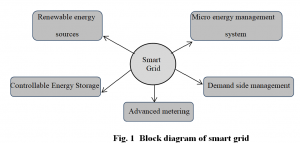


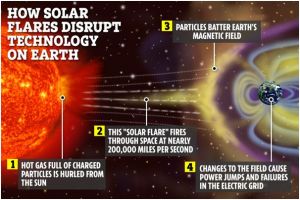
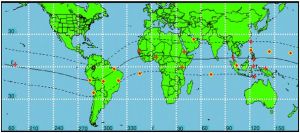
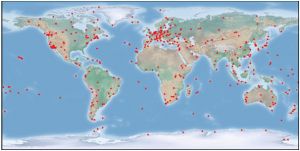

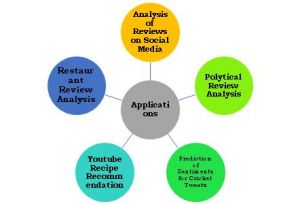
Recent Comments